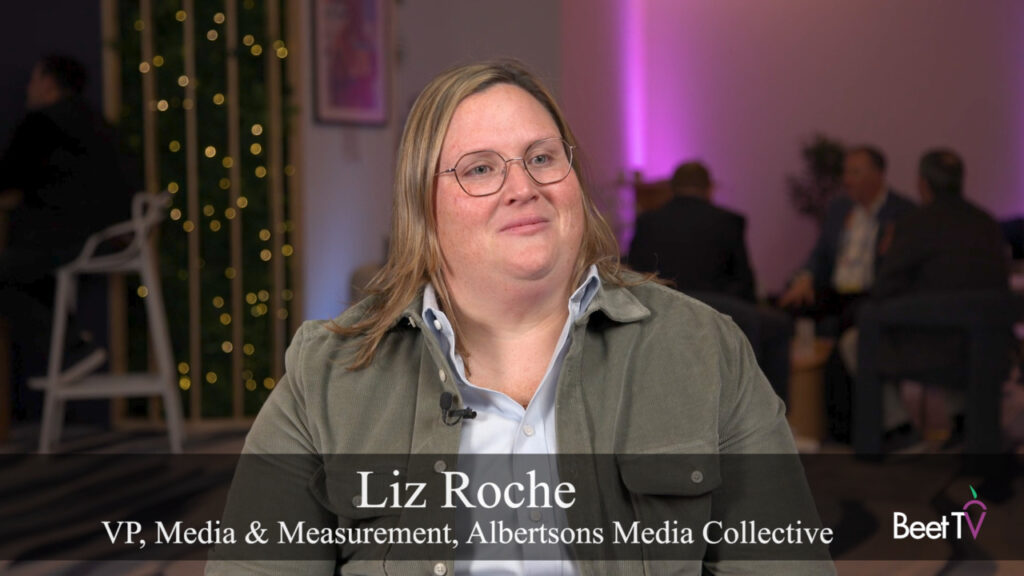Comcast’s NBCUniversal entered the video streaming market with the launch of Peacock, which is now available on multiple platforms to watch on TV and mobile devices.
The ad-supported service has a mix of live and on-demand programming including movies, news, sports, reality series and late-night shows for free, and a premium tier with exclusive original programming for $4.99 a month. Viewers who don’t want to see ads pay an extra $5 a month.
In preparing for this week’s official launch, Peacock had several months to experiment with its marketing efforts following a limited release on Comcast’s Xfinity Flex platform for streaming-only customers and the Xfinity X1 pay-TV service.
“The pre-launch gave us an interesting sandbox to experiment in — with millions of subscribers. It helped us learn what channels are driving the most high-value users for us,” Patricia Hadden, head of growth marketing at Peacock, said. “Our email campaign had more than double the average open rates.”
The goal of its marketing was to drive viewership by highlighting different types of content and parts of Peacock’s service, which includes a “trending” page to give viewers an idea of what most people are watching. Peacock was active with emails and push notifications to mobile users during the pre-launch.
“Allowing folks to know more about the product, especially in the email channel, has driven an accelerated return rate back to Peacock,” Hadden said. “We’ve found similar results with our paid engagement and retention campaigns as well.”
The company built a customized tech stack driven by the needs of its marketing team, and with an eye to having greater flexibility in customizing campaigns based on audience response to its messaging. Peacock seeks a mass audience on a variety of platforms.
“The goal of Peacock was to democratize premium content, and to make it available for all,” Hadden said. “We’re going after everyone.”














































